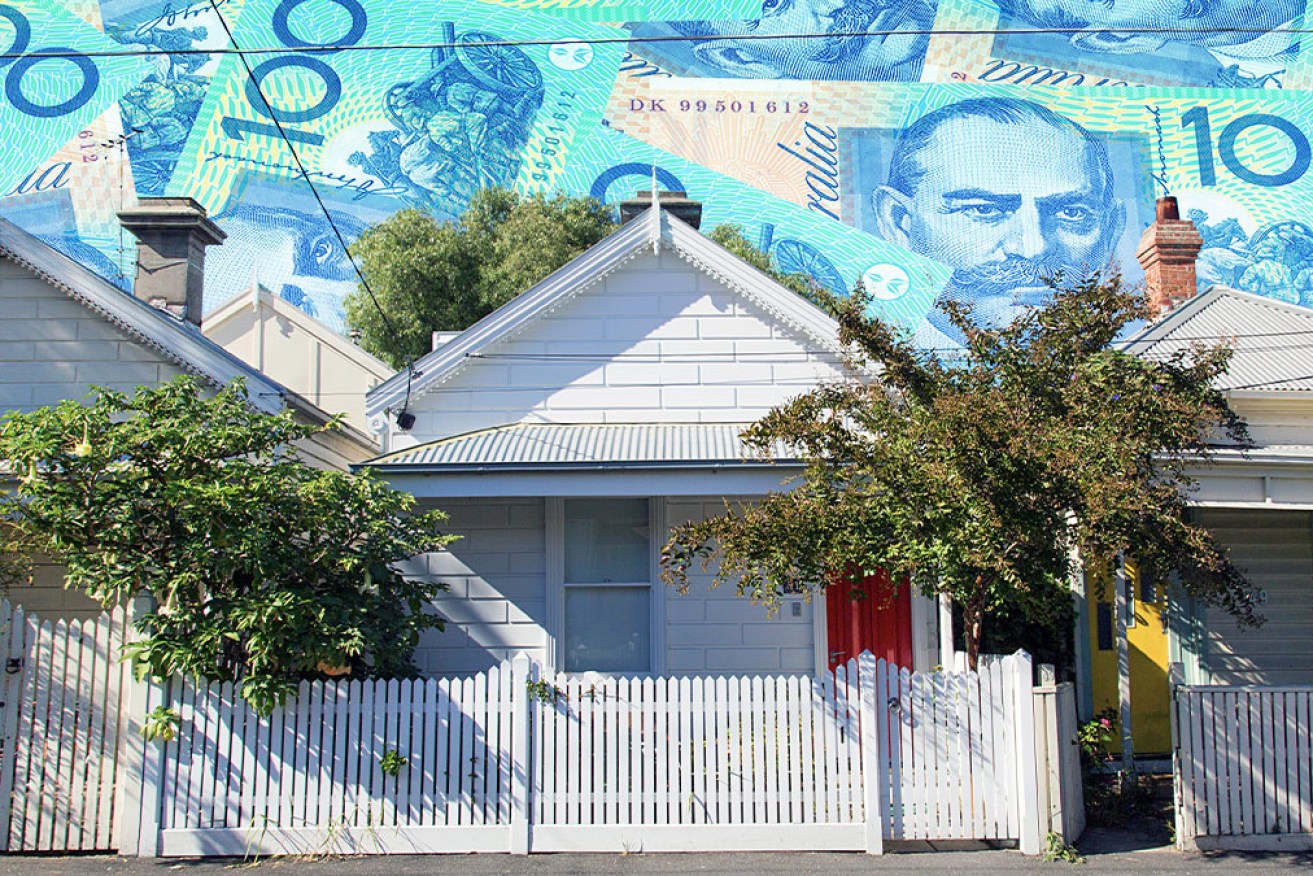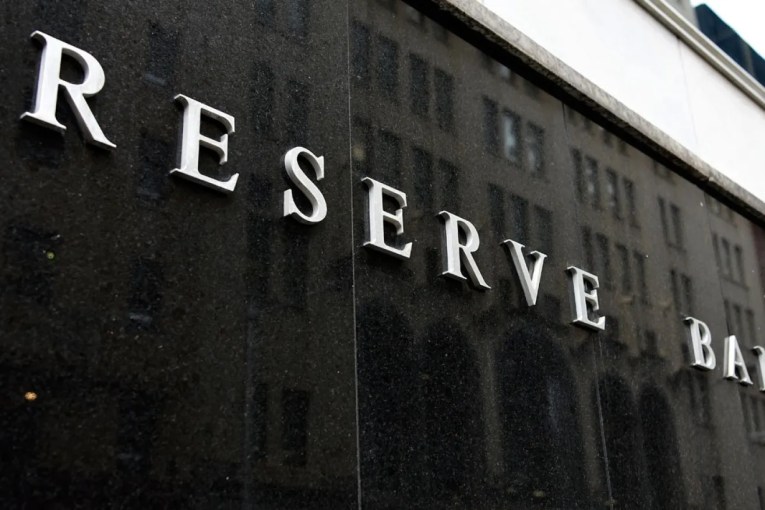Housing royal commission needed to rebuild the Australian dream: Report


Decades of policy failures have lit a fire under house prices. Photo: TND
A royal commission is needed to probe how years of surging house prices has broken the Australian dream and created a debt “time bomb”.
That’s according to a new report into the housing market published by the University of New South Wales (UNSW) on Tuesday.
In a scathing assessment of Australian governments and the Reserve Bank, a panel of 87 housing market experts has argued that decades of bad policy has worsened wealth inequality and made workers less productive.
And most agreed the enormous mortgages Australians are being saddled with are putting the economy at risk, especially when interest rates eventually rise.
Prices are now so high that the Australian dream of home ownership is now out of reach for those under 35, Professor Duncan Maclennan of the UNSW City Futures Research Centre told The New Daily.
“Home ownership has fallen 4 points in the last 20 years,” he said.
“There’s now more people who are retired and are not investors who are still paying their mortgages. This has not been a success.”
Soaring inequality
A housing Royal Commission is now needed to interrogate how this happened and to work out what Australia can do to make property more affordable for everyday workers, the report concluded.
A commission would investigate how house price gains have outstripped wages growth since the 1990s, increasing the median cost of a property to more than six times the average household income.
The report said this had made wealth inequality much worse.
“We’re punishing regular Australians,” Professor Maclennan said.
“Prices go up a significant amount every year, which basically leaves behind suitor home owners and all the people without a home.”
House prices have already soared 11 per cent in 2021 alone, locking out many first-home buyers even though mortgage rates have fallen to record lows.
Persistently low rates mean the gap between those who own a home and those who don’t is likely to grow even faster over the next two years, compounding woes for those attempting to get a foot on the property ladder.
The value of housing is already $1.1 trillion higher today than this time last year, taking average dwelling prices to $779,000, according to ABS data published on Tuesday.
Economists surveyed by UNSW agreed that government attempts to fix housing affordability had largely failed at the federal and state levels.
For example, although the Morrison government has attempted to help first-home buyers break into the market by offering more than $800 million in grants in the 2021-22 budget, the UNSW report found such assistance is only making matters worse.
That’s because the grants jack up prices by boosting demand without adding to supply, making the market less affordable for the very people governments purportedly want to help.
The report recommended these programs be scrapped and the money reinvested into social housing programs to increase supply.
Mortgage ‘time bomb’
In addition to exacerbating wealth inequality, requiring buyers to take on ever larger mortgages to buy increasingly expensive houses has worsened economic instability, the UNSW researchers found.
The report described the situation as an economic “time bomb” waiting to go off.
“Over several decades Australia’s housing system has become more unstable, as a result of housing and mortgage market changes, and now poses a greater threat to economic [stability],” the report authors wrote.
Economists are worried that households won’t be able to service their massive mortgages in the event of an economic crash.
That’s despite the fact that banks are required to assess whether borrowers will be able to make their repayments at a higher interest rate before handing out a loan.
So, how bad is the issue?
Australia’s household debt to GDP ratio has grown from 70 per cent in 1990 to almost 185 per cent by 2020, cementing its citizens’ status as some of the most indebted people across the OECD.
Mortgages make up the majority of that debt and the situation’s only worsening.
The average value of a home loan for owner-occupiers has soared 32.9 per cent to $504,000 since July 2019 alone, according to ABS data.
Most of the 87 housing experts surveyed for the report agreed this is unsustainable and leaves Australia more vulnerable to economic shocks, such as when interest rates eventually rise and repayments increase accordingly.
Although low interest rates are fuelling the current growth in debt, the RBA argues targeting house prices is not its job and there is no good reason to further tighten lending standards to ease recent price growth, either.
“Given the environment of strong demand for housing, rising housing prices and low interest rates, members continued to emphasise the importance of maintaining lending standards and carefully monitoring trends,” read the RBA’s May board meeting minutes published on Tuesday.
More than 80 per cent of the experts surveyed by UNSW said the RBA’s view on interest rates was insufficient to ensure economic stability.
The report recommended the federal government expand the RBA’s role to increase its consideration of house price stability.








